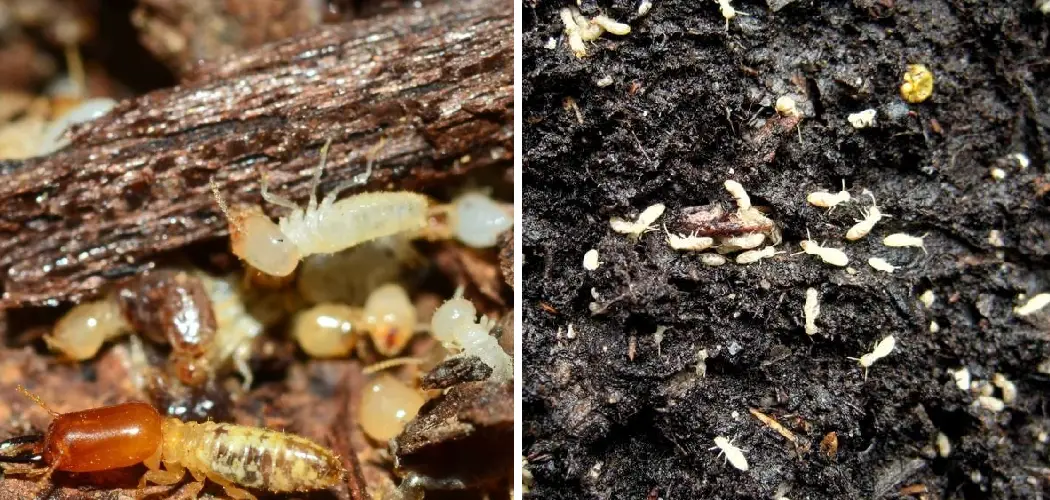If you’ve recently noticed tiny, flying insects swarming near your mulch piles, there’s a good chance that you have an infestation of termites. Termites can cause extensive damage to the wooden structures around your home; however, they are quite common pests, and it is possible for you to get rid of them yourself.
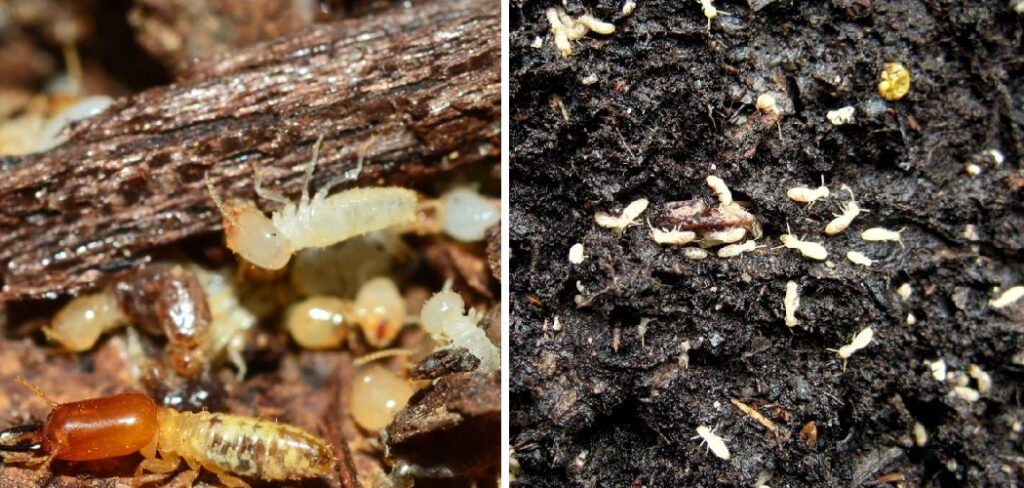
In this blog post, we will discuss how to identify and then how to remove termites from mulch in order to prevent further damage to your property. We’ll cover everything from what attracts these pests in the first place and what symptoms indicate their presence all the way up through the most effective DIY removal techniques available. Read on if you want to learn more about keeping termites away from your wood-based landscaping materials!
What is Termite?
Termites are small insects that feed on wood and other materials containing cellulose. They can range in size from 1/4 inch to 1-inch long. Termites are divided into three castes: workers, soldiers, and reproductives (or swarmers). All of these types of termites live together in a colony and work together to gather food and build their nests.
The workers are responsible for gathering food, while the soldiers defend against predators. The reproductives produce eggs during the swarming season and can be found near woodpiles or decaying logs.
What Causes Termites in Mulch?
1. Food Source
Termites are attracted to mulch and other wood-based landscaping materials because they provide a food source for insects. Termites feed on cellulose, which is found in the inner bark of dead or decaying trees. This makes any type of mulch an ideal home and feeding ground for pests.

2. Moisture
Termites also require moisture to survive, so any mulch that is left damp can entice them to move in and set up shop. To reduce the risk of termites in your mulch, you should make sure that it is kept dry and avoid overwatering when possible.
Types of Termites in Mulch
The type of termite you will find in your mulch depends on the region you live in. In the United States, there are two common types of termites that can be found in mulch:
- Drywood
- Subterranean termites
Drywood termites are large and often found in dead trees or logs, making them a common sight in mulch piles. Subterranean termites live underground and feed on the wood from below. They are smaller than dry wood termites and can be hard to spot until they tunnel up through the soil.
Identifying Termite Infestation in Mulch
The first step to removing termites from mulch is to identify an infestation. Termites are difficult to spot with the naked eye, so you should be on the lookout for signs of an infestation. Common symptoms include:
- Small holes in wood or mulch
- Swarms of flying insects near your mulch pile
- Discoloration or lumpy texture in mulch
- Mud tubes along walls and foundations
If you notice any of these signs, it’s time to take action and remove the termites from your mulch!
Required Items for Termite Removal
• Binoculars or magnifying glass
• Insecticide designed for termites
• Protective equipment (gloves, mask, goggles, etc.)
• Spray bottle or garden hose
10 Steps How to Remove Termites From Mulch
Once you have identified an infestation in your mulch pile, there are several ways to get rid of the pesky pests. The most effective way is to use a chemical insecticide that specifically targets termites.
1. Locate the Nest
The first step in removing termites from mulch is to locate their nest. Use binoculars or a magnifying glass to search for mud tubes along walls and foundations, as this is where termites build their nests. Locating the nest will help you to focus your efforts on eliminating it.
2. Invest in Termite-Specific Insecticides
Once you have identified and located the termite nest, it is time to invest in a termite-specific insecticide. These products are designed to specifically target termites and can be found at most hardware stores or online retailers. Make sure to read the product directions carefully before applying.
3. Put on Protective Gear
Before applying any insecticide, be sure to put on protective gear such as gloves, a mask, and goggles (or even a full-body suit if necessary). This will help protect you from any potential chemical exposure that may occur when handling or spraying the insecticide.
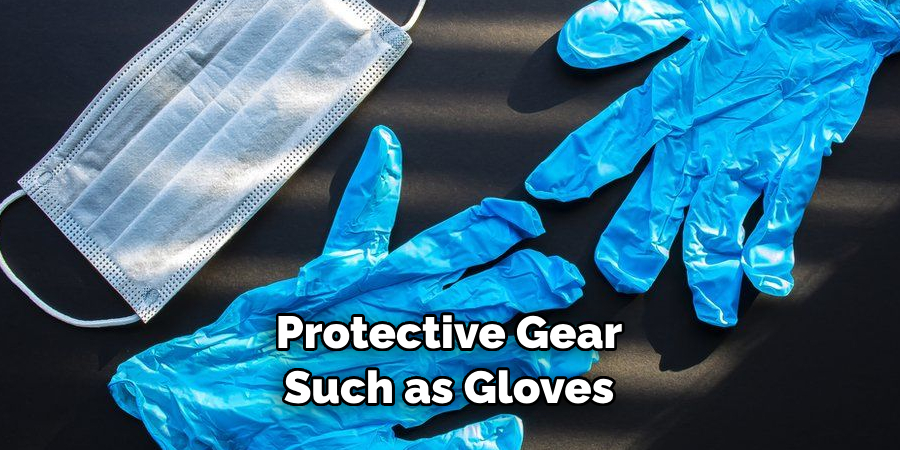
4. Spray the Insecticide
Once you are fully protected, it is time to spray the insecticide onto the mulch pile and directly into any visible termite nest or tubes. Be sure to follow the product instructions carefully when applying.
5. Remove Infested Mulch
After spraying the insecticide, you should remove any infested mulch from your property. This will help prevent any remaining termites from returning and reinfesting the area. Removing the mulch will also keep other pests away from your property.
6. Replenish Mulch
Once all of the infested mulch has been removed, you can replace it with fresh mulch to help control weeds and add nutrients to your soil. Make sure to purchase high-quality mulch that is free of termites or other pests.
7. Inspect Your Property
After you have replenished the mulch in your landscaping, be sure to inspect your property on a regular basis for signs of termite activity or other pests. If any new activity is spotted, take action right away to prevent further infestation.
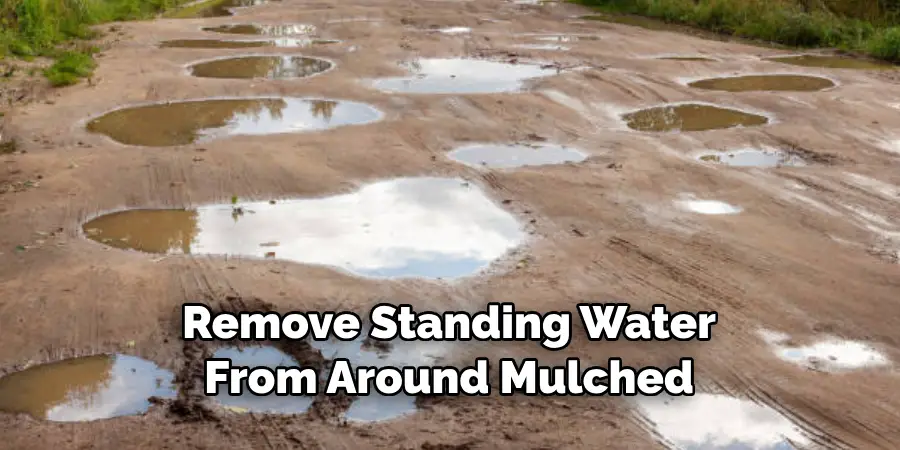
8. Seal Potential Entry Points
Termites can enter your home through cracks or gaps in your foundation, so make sure to seal any potential entry points. This will help keep them out and protect your property from further damage.
9. Remove Sources of Moisture
As mentioned before, termites require moisture to survive, so it is important to remove any sources of standing water near your home. Adequate drainage is key to keeping termites away.
10. Call a Professional
If you are unable to identify or remove an infestation on your own, it is best to call a professional pest control company for help. They will be able to assess the situation and provide the necessary treatment to get rid of the termites in your mulch.
By following these steps, you can effectively remove termites from your mulch and protect your property from further damage. Be sure to keep an eye out for any signs of infestation, as well as take the necessary preventative measures to ensure that they stay away for good!
6 Maintenance Tips for Keeping Termites Away from Mulch
- Keep the mulch at least 10 feet away from your home. The further you keep the mulch away from your foundation, the less likely termites will be able to travel onto your property and gain access to wood sources inside your home.
- Maintain a moisture-free environment around areas with mulched beds. When soil and mulch become wet, it provides a hospitable environment for termites to thrive in. Make sure that there are no leaky pipes or spigots near the mulched areas, and consider adding drainage to the area if necessary.
- Remove standing water from around mulched beds as soon as possible. Standing water collects in mulched beds and provides a perfect habitat for termites. Take the time to remove any standing water that accumulates in or around mulched beds regularly.
- Monitor soil levels in mulched beds. When soil levels start to sink, it can be a sign of tunnels being created by termites below the surface. Adding new layers of mulch and/or adjusting soil levels can help in preventing a termite infestation.
- Replace mulch every two years or so to make sure it does not become too dry and brittle. Dry mulch makes for an ideal nesting spot for termites, allowing them easy access to wood sources in your home.
- Consider using alternative organic soil covers such as gravel, stone chips, or bark. These materials are more resistant to termite infestations and need less maintenance than mulch.
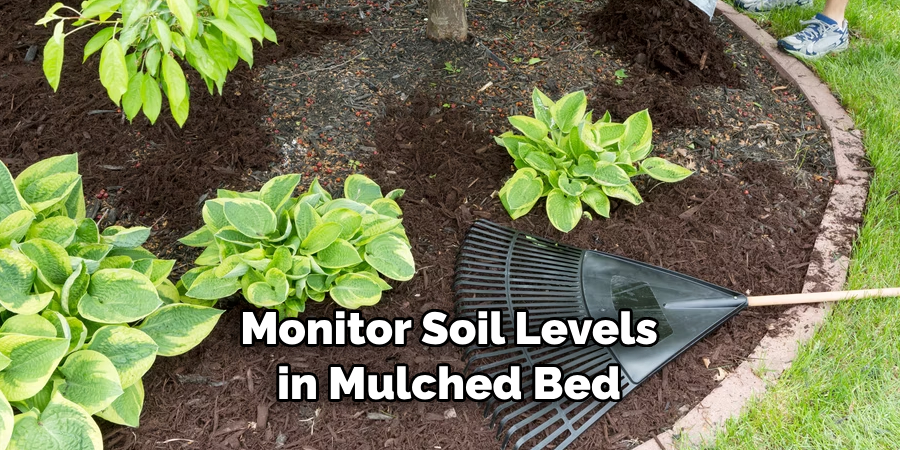
If you have noticed signs of a termite infestation near your mulched beds, it is important that you take action immediately. Contact a professional pest control service for help in removing the termites from your home and preventing future infestations.
Conclusion
With the right prevention and removal techniques, you can successfully eliminate termites from your mulch without any dangerous consequences for you or your garden.
As a precaution, it’s always a good idea to periodically inspect your mulch for infestations and take Preventative measures like rotations of mulch types or spraying neem oil before an issue can even arise. However, if an infestation does pop up, utilizing the methods mentioned above will help remove the termites from your mulch quickly and effectively.
So don’t be discouraged! Controlling and organizing your outdoor landscape is easy with the right information. With simple steps on how to remove termites from mulch to prevent and removing termite infestations, you’ll have bug-free mulch in no time – saving yourself time and maintaining a healthy outdoor area. So take these tips into consideration when it’s time to fight off those pesky termites to keep your garden looking perfect all season long!
About
Outdoor Fixes is a distinguished figure in the world of Diy design, with a decade of expertise creating innovative and sustainable Diy solutions.
His professional focus lies in merging traditional craftsmanship with modern manufacturing techniques,
fostering designs that are both practical and environmentally conscious. As the author of diy,
outdoorfixes delves into the art and science of outdoorfixes-making, inspiring artisans and industry professionals alike.
Education RMIT University
(Melbourne, Australia) Associate Degree in Design (Outdoor Fixes) Focus on sustainable design, industry-driven projects,
and practical craftsmanship. Gained hands-on experience with traditional and digital manufacturing tools, such as CAD and CNC software.
Nottingham Trent University
(United Kingdom) Bachelor’s in outdoorfixes.com and Product Design (Honors) Specialized in product design with a focus on blending creativity with production
techniques. Participated in industry projects, working with companies like John Lewis and Vitsoe to gain real-world insights.
Publications and Impact
In diy, Outdoor Fixes his insights on indoor design processes, materials, and strategies for efficient production.
His writing bridges the gap between artisan knowledge and modern industry needs, making it a must-read for both budding designers and seasoned professionals.

